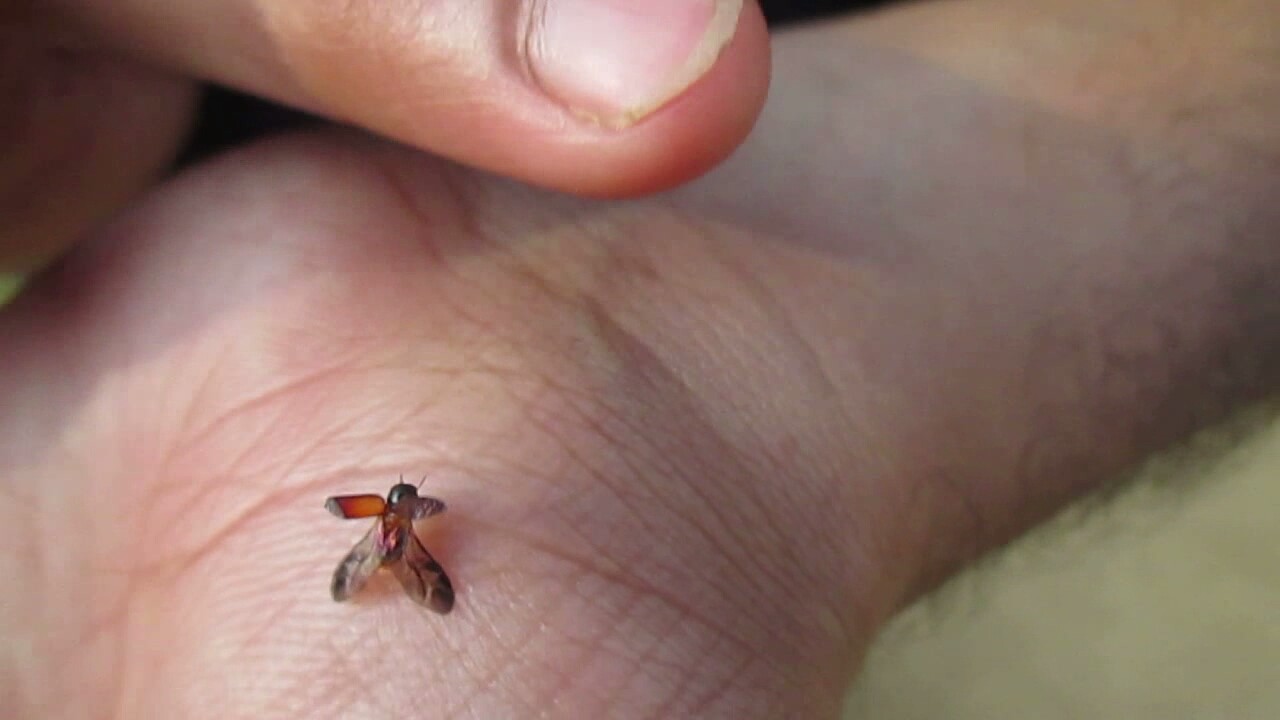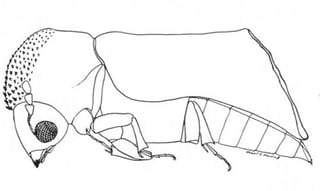Location: Bandarban, Bangladesh
-
2$\begingroup$ It is from Coleoptera (beetle), right? $\endgroup$– Ahmed AbdullahCommented May 15, 2017 at 3:12
-
$\begingroup$ Where did you find this insect? Inside your home? If so, where? What "habitat" was this insect in? $\endgroup$– theforestecologist ♦Commented May 17, 2017 at 19:54
2 Answers
This appears to be some species of beetle (order Coleoptera) in the Bostrichidae family.
- Commonly called auger beetles, false powderpost beetles, or horned powderpost beetles.
Identification to species can be difficult, but fortunately for you Sittichaya et al (2009) created an illustrated key for IDing species associated with South Asia.
Based on their key and visual characteristics of your specimen, my guess is that your specimen is Xylopsocus capucinus
Source: Sittichaya et al 2009 . a. lateral view; b. elytral declivity; c. intercoxal process of the 1st abdominal ventrite; d. dorsal view.
Description: 3-5.5 mm long; 1.4-1.7 mm wide. Shape is cylindrical and similar in general appearance to other common species of the family Bostrichidae.
Distribution: throughout South and Southeast Asia from India to the Indonesian archipelago.
Hosts: apparently polyphagous attacking almost any woody plant in suitable condition.
Phenology: adults emerge mainly between May and November.
Like most false powderpost beetles, the head cannot be seen from above as it is downwardly directed and hidden by the thorax:
Source: UFL IAFS
Sources:
Sittichaya, W., Beaver, R., & Ngampongsai, A. (2009). An illustrated key to powder post beetles (Coleoptera, Bostrichidae) associated with rubberwood in Thailand, with new records and a checklist of species found in Southern Thailand. ZooKeys, 26, 33.
Woodruff RE, Gerberg EJ, Spilman TJ (2005). A False Powder-post Beetle, Xylopsocus capucinus (Fabricius) (Insecta: Coleoptera: Bostrichidae). University of Florida, IFAS Extension Publication No. EENY-179. Institute of Food and Agricultural Sciences, University of Florida, 4 pp
This appears to be a Powder-Post Beetle (order Coleoptera, family Bostrichidae); a local reference is needed for further identification.
-
2$\begingroup$ Please provide a reference for your identification if possible. $\endgroup$– March HoCommented May 17, 2017 at 18:05
-
$\begingroup$ The post by @theforestecologist gives you a good example of how a well-researched answer to a species ID question looks like, even though your ID is also correct - as far as I can tell, and that is the problem: it needs some effort for me to check even though answers should be self-explanatory. Please try to give more comprehensive answers. $\endgroup$ Commented May 18, 2017 at 7:41







